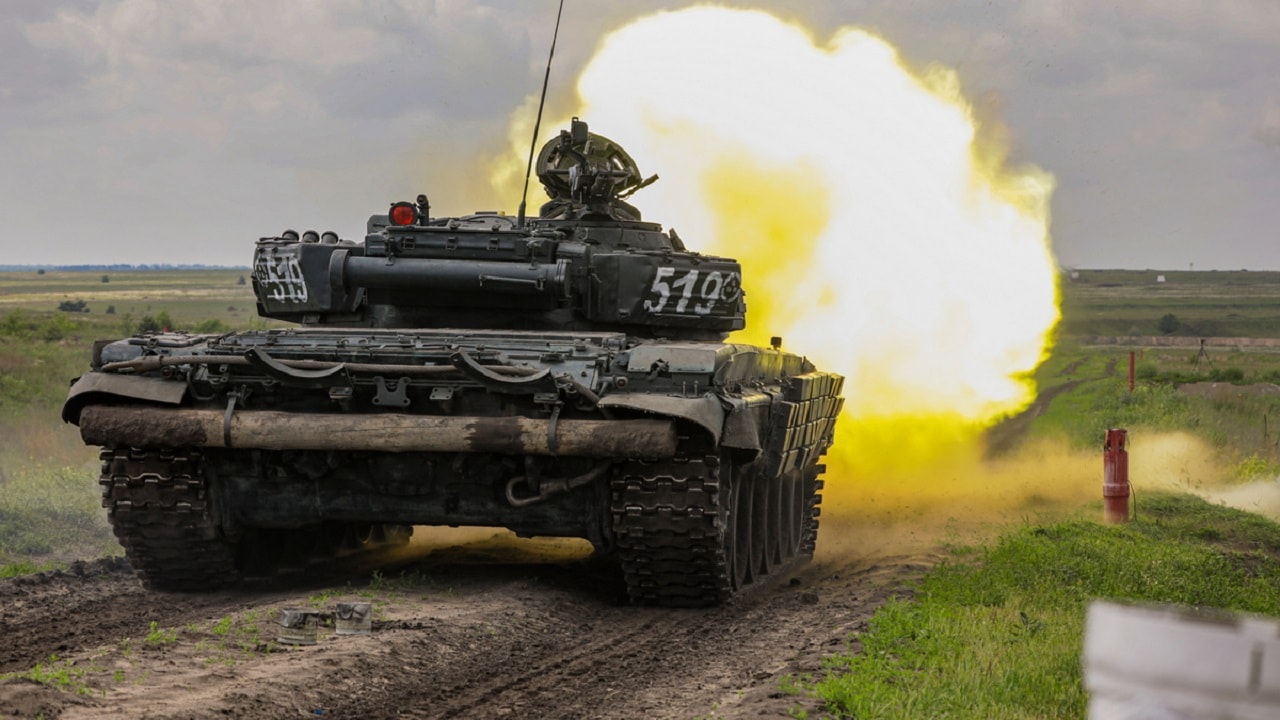The war in Ukraine goes on, and after more than six months of fighting, the Ukrainian forces are increasingly taking the initiative.
On day 196 of the invasion, the Ukrainian military is conducting two counteroffensives. In addition to the major operation in the south toward Kherson, the Ukrainian forces launched a surprise counterattack in the east in the vicinity of Kharkiv, liberating several settlements from the Russian forces.
The Russian Strategic Conundrum
The Kremlin is faced with a strategic conundrum.
Russian President Vladimir Putin and the Russian military have publicly announced that their goals in Ukraine are to capture the whole of the Donbas, which is comprised of the Luhansk and Donetsk provinces, and create a land bridge to Crimea, which essentially means capturing southern Ukraine.
In over six months of war, the Russian forces have managed to capture half of the Donbas (the Luhansk provinces) and most of southern Ukraine.
But over the past weeks, the Russian military has had to relocate troops from across the battlefield to the south to deal with the Ukrainian counteroffensive there. Although not blitzkrieg by any means, the Ukrainian push toward Kherson and Zaporizhzhia in the south is dangerous enough to upset the Kremlin’s plans. As the only major urban center and provincial capital to fall to Russian hands and the only firm hold of the Russian forces west of the Dnipro River, Kherson is a strategic objective.
The Ukrainian military has felt the Russian troop relocations and is now conducting another counteroffensive in the east in the vicinity of Kharkiv.
It remains to be seen whether the Ukrainian counteroffensive in the east is part of a broader attempt to push the Russian forces back to the borderline or a counterattack of opportunity to shift the contact line and inflict casualties on the Russian forces.
Right now, there is heavy fighting on three fronts: Kherson (south), Kharkiv (northeast), and the Donbas (east). The Russian forces have made some marginal gains in the Donbas but are retreating in the south and northeast.
“Multiple concurrent threats spread across 500km will test Russia’s ability to coordinate operational design and reallocate resources across multiple groupings of forces. Earlier in the war, Russia’s failure to do this was one of the underlying reasons for the military’s poor performance,” the British Military Intelligence assessed in its latest estimate of the war.
The Russian Casualties in Ukriane
Meanwhile, the Russian military continues to suffer heavy casualties in the war.
The Ukrainian Ministry of Defense claimed that as of Wednesday, Ukrainian forces have killed approximately 50,610 Russian troops (and wounded approximately thrice that number), destroyed 237 fighter, attack, and transport jets, 208 attack and transport helicopters, 2,097 tanks, 1,194 artillery pieces, 4,520 armored personnel carriers and infantry fighting vehicles, 300 Multiple Launch Rocket Systems (MLRS), 15 boats and cutters, 3,320 vehicles and fuel tanks, 156 anti-aircraft batteries, 880 tactical unmanned aerial systems, 109 special equipment platforms, such as bridging vehicles, and four mobile Iskander ballistic missile systems, and 214 cruise missiles shot down by the Ukrainian air defenses.
Expert Biography: A 19FortyFive Defense and National Security Columnist, Stavros Atlamazoglou is a seasoned defense journalist specializing in special operations, a Hellenic Army veteran (national service with the 575th Marine Battalion and Army HQ), and a Johns Hopkins University graduate. His work has been featured in Business Insider, Sandboxx, and SOFREP.

